State-of-the-Art Methods: How Lungs Are Transported for Transplants
Transporting lungs for transplants requires precise temperature control and advanced technology to keep them viable. In this article, we explore how lungs are transported for transplants, from harvest to the transplant center, comparing traditional and modern methods.
Key Takeaways
The Organ Care System (OCS) enhances lung preservation by simulating physiological conditions, allowing longer transport times and improving donor lung viability.
Traditional methods like cold static preservation face limitations, including restricted viability duration and lack of functional assessment during transport.
Innovations in lung preservation, such as normothermic perfusion systems, are advancing the field by improving viability and function, thus increasing transplant success rates.
The Journey of Donor Lungs
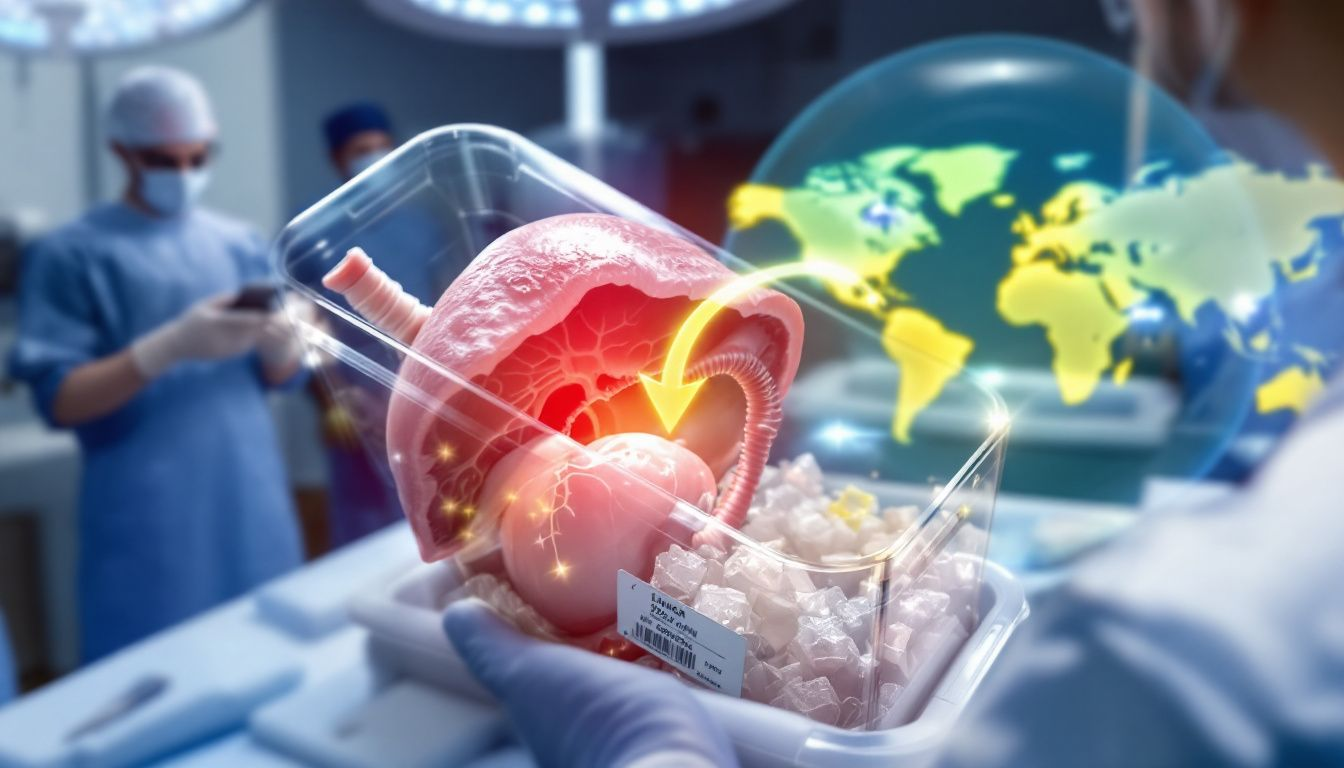
The journey of the donor's lungs begins the moment they are harvested from the donor. Depending on the distance to the transplant center, organ transport can involve ambulances, helicopters, or airplanes to ensure the quickest and safest delivery of the donor lungs. Each mode of transport is selected to ensure the quickest and safest delivery of the donor's lungs, minimizing the time they spend outside the body.
Temperature control is paramount during this journey. Donor lungs must be cooled to a temperature between 0 and 4 degrees Celsius once they are placed in a cooler for transport. This cooling helps slow down metabolic processes and preserves lung tissue. However, even with optimal temperature control, the lungs should ideally be transported to the recipient within six hours or less to maintain their viability.
Advanced organ transplantation devices have significantly expanded donor options by enabling longer transport distances. For example, UChicago Medicine’s use of these devices has allowed for broader geographic considerations, ultimately increasing the donor pool and providing more opportunities for patients awaiting organ transplants and lung transplants.
Organ Care System (OCS) Technology
The Organ Care System (OCS) represents a revolutionary advancement in preserving donor lungs during transport. Unlike traditional methods that rely solely on cooling, the OCS maintains donor lungs in a more physiological state, closely simulating the conditions inside the human body. This technology has been approved for both standard and expanded criteria donor lungs, making it a versatile tool in lung transplantation.
Moreover, the introduction of devices like the BAROguard™ has further optimized lung preservation by maintaining temperature control and bronchial pressure during transport. This ensures consistent airway inflation pressure throughout the journey from donor to recipient, enhancing the overall viability of the donor lungs.
How the Organ Care System Works
The Organ Care System (OCS) allows donor lungs to be preserved in an environment that simulates the human body. The OCS enhances lung preservation and function by mimicking physiological conditions. This is achieved through a combination of advanced technologies that work together to keep the lungs in optimal condition.
A key component of the OCS is a warm, sterile chamber that supplies donor lungs with oxygenated blood, meeting their metabolic needs continuously. Additionally, the OCS includes a ventilator that aids in keeping the lungs inflated and functioning throughout the transport process.
Additionally, the OCS ensures lung viability by pumping blood through vessels and maintaining temperature, keeping the lungs warm and nourished for transplant surgery upon arrival.
Benefits of Using the Organ Care System
The OCS significantly enhances lung transplant outcomes by extending preservation times, allowing donor lungs to remain viable longer and offering more time for transportation and preparation compared to traditional methods.
Studies indicate that OCS use leads to better outcomes for lung transplant recipients, including higher survival rates. By optimizing conditions, the OCS improves lung quality and viability, enhancing post-transplant recovery and function, thereby revolutionizing lung transplantation.
The OCS has significantly boosted lung transplant success rates by extending preservation times and maintaining lung function, thus improving donor lung quality and increasing successful transplantation chances.
Traditional Methods of Lung Preservation
Before the advent of advanced technologies like the OCS, traditional methods of lung preservation relied heavily on cold static preservation (CSP). This method involves cooling the donor lungs to low temperatures to slow down metabolic processes and minimize tissue damage. However, CSP has significant limitations, including the restricted duration that lungs can remain viable and the potential for lung tissue damage due to prolonged ischemia.
One of the primary drawbacks of CSP is that it does not allow for the assessment of lung function during preservation. This can compromise transplant outcomes, as the condition of the lungs cannot be monitored or adjusted during transport. Furthermore, static cold storage can lead to cellular clumping and damage, which can affect the overall viability of the donor lungs.
To mitigate some of these issues, Perfadex is commonly used as a lung preservation solution. Perfadex helps maintain endothelial function and prevents cellular clumping, but it does not address the fundamental limitations of CSP. As a result, while traditional methods like CSP and Perfadex have been used for many years, they are being increasingly supplemented or replaced by advanced technologies that offer better preservation and monitoring capabilities.
Preparing Donor Lungs for Transport
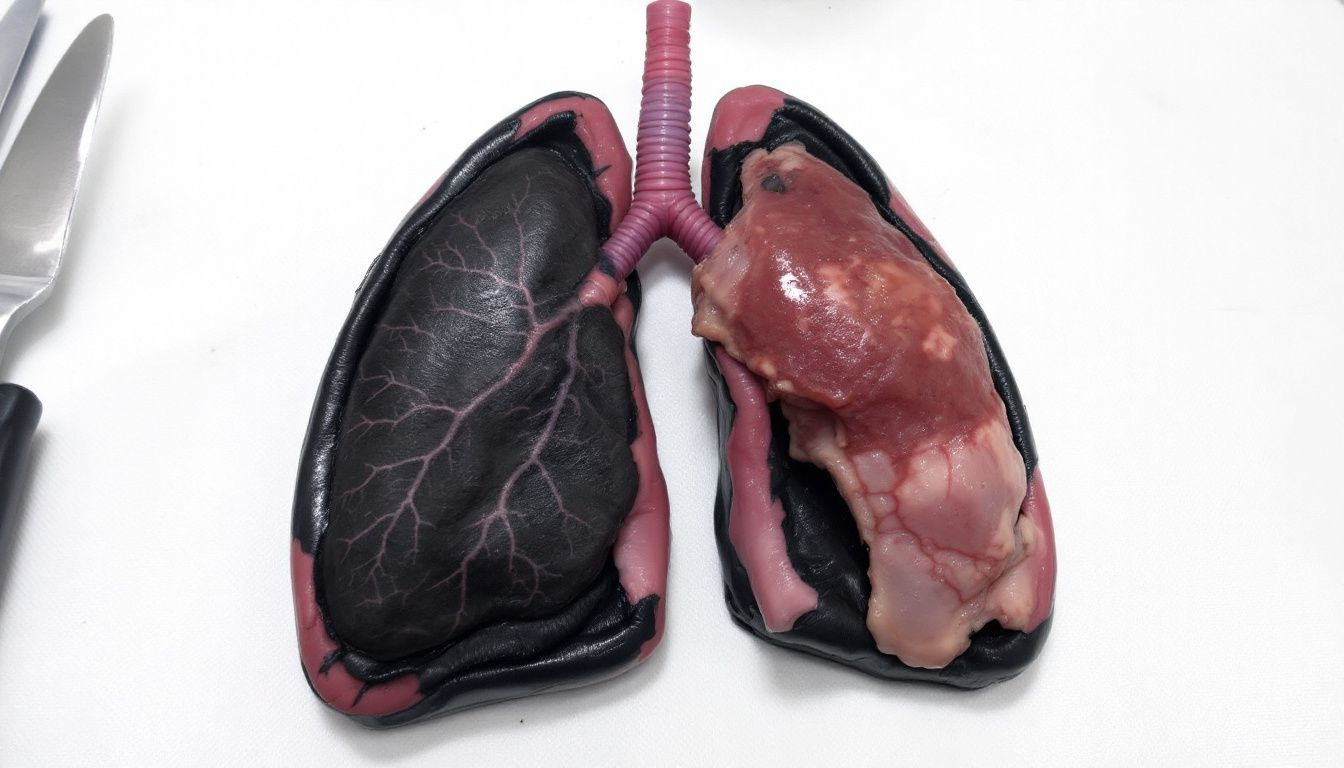
The preparation of donor lungs for transport is a critical step in the lung transplantation process. Once consent for organ donation is granted, an organ procurement organization conducts a thorough assessment of the donor’s lungs. This evaluation includes medical tests and imaging to determine the suitability of the lungs for transplantation. The transplant team then has a limited window of one hour to accept or decline the lung offer after being notified.
Before lung harvest, a bronchoscopy checks for airway injuries and secretions, ensuring the lungs are in good condition and free from blockages. Once deemed suitable, transportation arrangements are made in advance for prompt arrival at the transplant center.
Despite meticulous preparation, only about 30% of potential donor lungs meet the transplant eligibility criteria initially. This highlights the need for readiness and quick response. Potential candidates must be prepared to travel to the hospital quickly when a matching donor lung becomes available, often keeping a packed hospital bag ready.
Did you know that you can get from Manhattan to JFK in under 5 minutes without driving?
Blade offers seamless helicopter transfers from our West 30th Street Lounge in Manhattan to JFK Airport in just 5 minutes from $195 per seat.
Skip the traffic and ditch the stress with Blade's year-round airport service.

Monitoring During Transport
Monitoring donor lungs during transport ensures their viability upon arrival, highlighting why speed is critical in organ transport to reduce complications and enhance transplant success. The OCS minimizes deprivation of blood and oxygen support, maintaining lung function and improving transplant outcomes.
Advanced systems like the Paragonix LUNGguard are employed to maintain donor lung temperature between 4 to 8 degrees Celsius, avoiding the complications associated with traditional ice transport. Additionally, lungs are retrograde flushed with preservation solution to clear any blood clots before being secured for transport.
These monitoring processes are crucial to ensuring the donor lungs’ viability and readiness for successful transplantation upon arrival.
Arrival at the Transplant Center
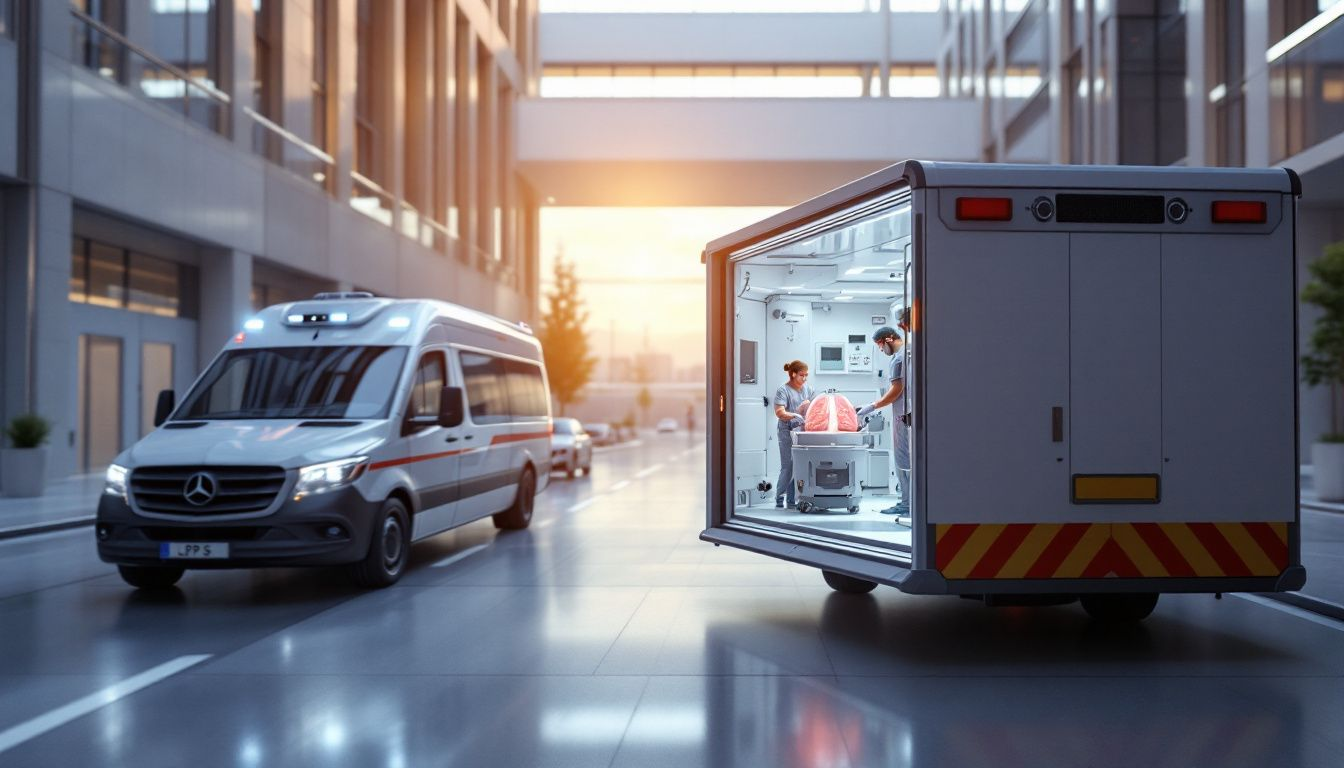
Upon arrival at the transplant center, the transplant team immediately tests donor lungs for compatibility and the recipient’s health. If the donor lung is found unhealthy during these assessments, the transplant will be canceled to ensure safety and success.
During the transplant surgery, the damaged lung is removed, and the donor lung is connected to the main airway and blood vessels. This complex procedure requires precision and expertise from the surgical team. Once the transplanted lungs are in place, the patient is closely monitored to ensure the new lung is functioning correctly.
Post-transplant, lung transplant patients usually stay in the intensive care unit for several days for specialized care and monitoring. Despite thorough preparation and testing, the potential for lung rejection exists if deterioration or disease indicators appear. The lung transplant program team’s vigilance and expertise are crucial for managing these challenges and ensuring optimal outcomes.
Impact on Lung Transplant Outcomes
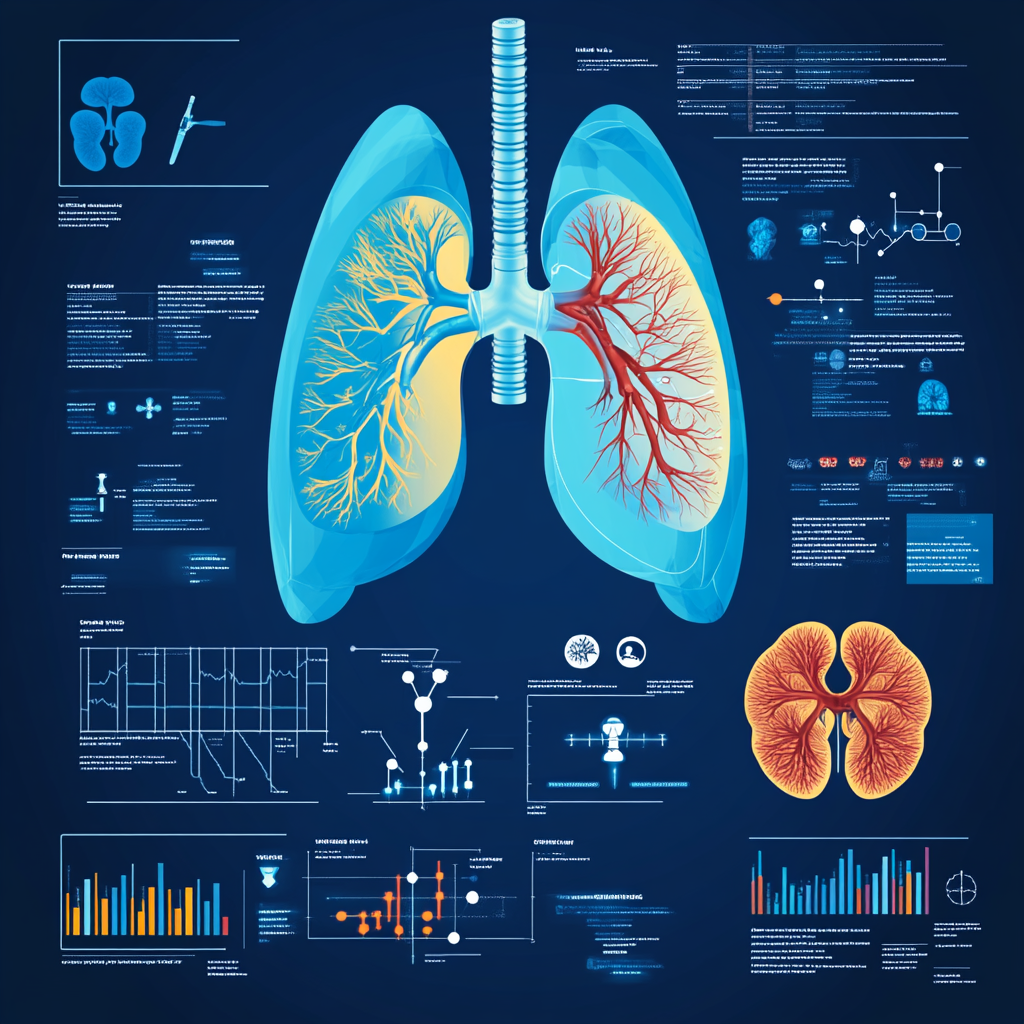
dvanced technologies like the OCS have greatly improved lung transplant outcomes by optimizing organ function and reducing primary graft dysfunction rates. Early studies suggest devices like the BAROguard™ can further reduce post-transplant primary graft dysfunction, enhancing overall success rates.
Extended preservation periods have enabled consideration of donor lungs from a broader geographic area, increasing the donor pool and opportunities for patients needing lung transplants. However, challenges like chronic lung allograft dysfunction, affecting about 50% of recipients by five years post-transplant, pose significant long-term survival challenges.
Improved early postoperative management has lowered early mortality rates after lung transplantation. Lung transplants offer significant survival benefits, especially for recipients with idiopathic pulmonary fibrosis and cystic fibrosis. Close collaboration between lung procurement and implant teams is crucial for minimizing ischemic time during transport, aligning with ethical considerations in organ transport to ensure fair and effective transplantation.
Did you know that you can get from Manhattan to JFK in under 5 minutes without driving?
Blade offers seamless helicopter transfers from our West 30th Street Lounge in Manhattan to JFK Airport in just 5 minutes from $195 per seat.
Skip the traffic and ditch the stress with Blade's year-round airport service.

Innovations in Lung Preservation
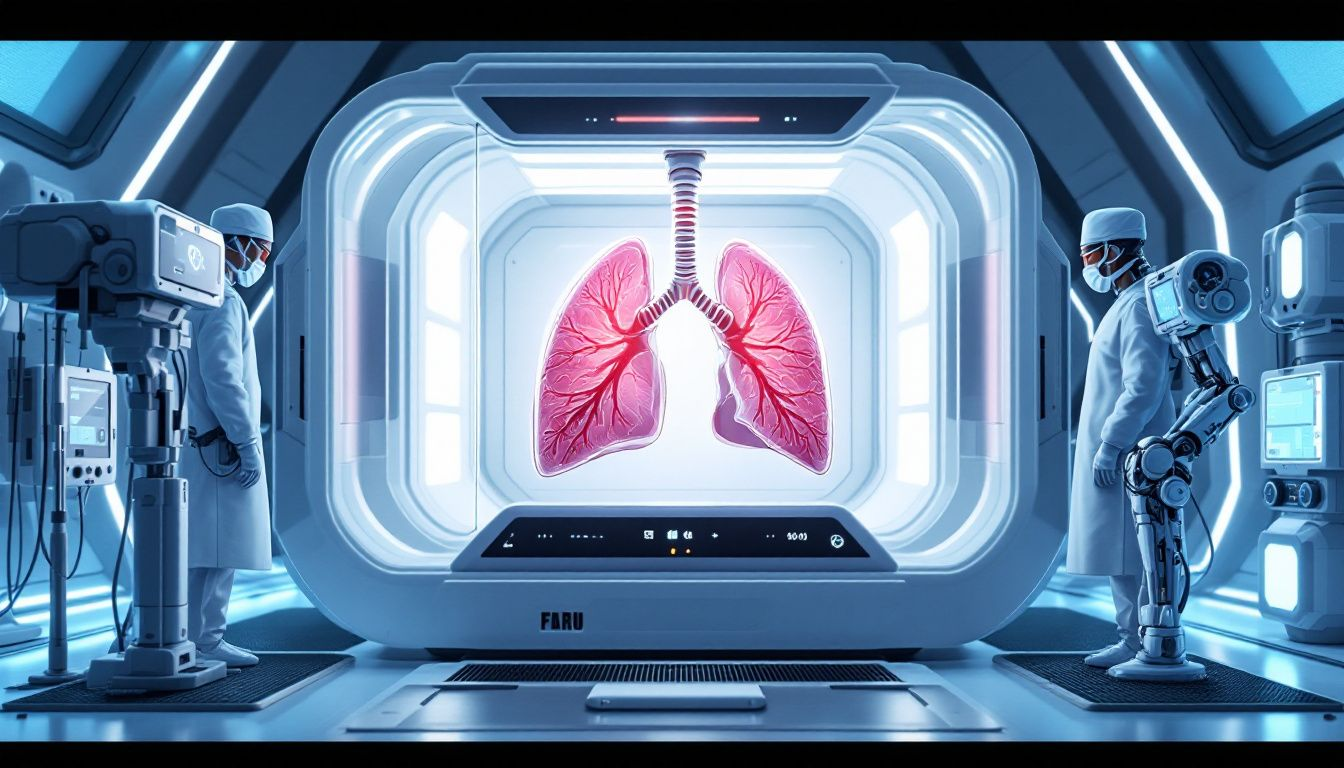
Innovations in lung preservation are continuously evolving to extend viability and improve transport methods. Normothermic perfusion systems are among the most promising advancements, enhancing lung function by mimicking natural body conditions and maintaining a physiological state during transport, thereby significantly improving viability and function through vivo lung perfusion.
Ongoing research aims to better understand lung preservation biochemistry and minimize cold storage damage. Studies are testing new preservation solutions to improve lung survival rates by maintaining endothelial function and preventing cellular damage, crucial for successful lung transplants.
Advancements in technology and research have the potential to reduce donor lung ischemic time and improve transplant success rates. By extending the preservation window and enhancing donor lung quality, these innovations pave the way for more successful transplants and better patient outcomes.
Bottom Line: How Lungs Are Transported for Transplants
In summary, the transportation and preservation of donor lungs are critical components of the lung transplantation process. From the traditional methods of cold static preservation to the revolutionary Organ Care System (OCS), each step is designed to maintain the viability and function of donor lungs. Advanced technologies and ongoing research are continuously improving the outcomes of lung transplants, offering new hope to patients suffering from severe lung conditions.
The future of lung transplantation looks promising, with innovations in lung preservation and transport methods enhancing the success rates and extending the preservation window. As we continue to explore and develop these technologies, the potential for saving more lives through lung transplants will only increase. The journey of donor lungs is a testament to the incredible advancements in medical science, and it holds the promise of a brighter future for lung transplant patients.
FAQs about How Lungs Are Transported for Transplants
What is the Organ Care System (OCS)?
The Organ Care System (OCS) is an innovative technology that enhances the preservation of donor lungs by keeping them in a physiological state during transport, thereby extending preservation times. This advancement significantly improves the viability of the organs for transplantation.
How long can donor lungs remain viable during transport?
Donor lungs should ideally be transported within six hours to maintain viability, although advanced technologies such as the OCS can extend this duration.
What are the traditional methods of lung preservation?
The traditional method of lung preservation is cold static preservation (CSP), which entails cooling the lungs to low temperatures. This method can cause lung tissue damage due to prolonged ischemia, indicating its limitations.
What happens when donor lungs arrive at the transplant center?
When donor lungs arrive at the transplant center, immediate tests are conducted to verify their compatibility and health; if deemed unhealthy, the transplant is canceled.
How do advancements in lung preservation impact transplant outcomes?
Advancements in lung preservation, such as the Organ Care System (OCS) and improved preservation solutions, significantly enhance transplant outcomes by optimizing lung function and minimizing primary graft dysfunction. Consequently, these innovations lead to higher success rates in lung transplants.
Disclaimer:
Please be aware that the content on this page has been generated by using artificial intelligence language models and may contain errors, inconsistencies, or outdated information. It is provided as-is without any warranties or guarantees of accuracy. We strongly recommend using this content as a starting point for further research. We disclaim any liability for damages or losses resulting from the use or reliance on this content.